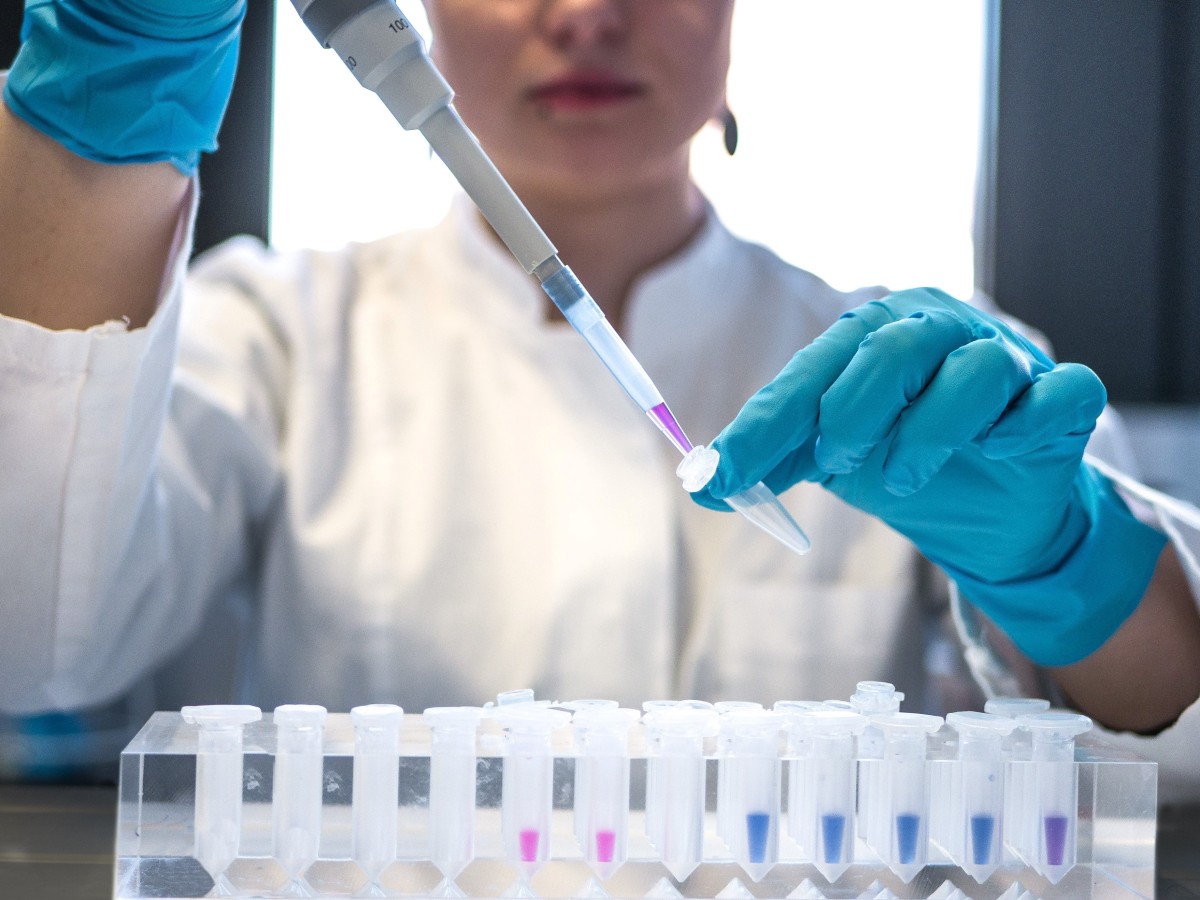NITI Aayog’s discussion paper, “Multidimensional Poverty in India since 2005-06”, shows that nearly 250 million Indians moved out of multidimensional poverty between 2013-14 and 2022-23. A faster reduction in the proportion of multidimensional poor has been observed in Uttar Pradesh, Bihar, Madhya Pradesh, Odisha and Rajasthan. In its G20 Presidency, India accorded greater priority to restoring momentum to the UN’s Agenda 2030. For its own part, India is on track to achieve the SDG Target 1.2 (reducing multidimensional poverty by at least half) much ahead of 2030. Improvements in nutrition, years of schooling, sanitation, and cooking fuel have played a significant role in bringing down poverty.

Development programmes, in the last 10 years, have targeted every household and individual, through “Housing for All”, “Har Ghar Jal”, electricity for all, cooking gas for all, bank accounts and financial services for all, in record time. The Aspirational Districts Programme has been one of the most successful and internationally acknowledged development initiatives in recent times that has transformed key indicators in 112 of the most under-developed districts of India through a mission-mode, technology-driven, data-based approach. Interim Budget 2024-25, through its focus on the upliftment of garib (poor), mahila (women), yuva (youth) and annadata (farmer), seeks to ensure that the tangible development gains of the last decade are sustained and further accelerated.
India is currently the fifth-largest economy in the world, and also the fastest-growing G20 economy. Further, India’s real GDP has been estimated to grow at an average of 7.9% between FY22 and FY24, which is a significant achievement as many of the major economies across the world continue to struggle post-Covid. India’s external debt to GDP ratio fell to 18.6% at the end of September 2023 from 22.4% at the end of March 2013. Further, the rupee is one of the least volatile global currencies, owing to India’s favourable external balance position.
This signals India’s macroeconomic resilience as despite huge shocks, including Covid-19, we have emerged with a strengthened financial sector, buoyant equity markets and inflation converging to our targets. Now there is a delicate handover from crowding in investment (through the thrust on capital expenditure) to ensuring that the government doesn’t crowd out private investment. This is the significance of sticking to the fiscal glide path. The government has committed to reducing the fiscal deficit below 4.5% by 2025-26, from the 2024-25 estimate of 5.1% of GDP. The additional benefit of this will be an improvement in India’s global ratings. The multipronged economic management over the last 10 years has complemented people-centric inclusive development. There has also been a shift in approach from handouts to individual empowerment supported by safety nets, skills and availability of finance.
Building on the significant investment in infrastructure over the last several years resulting in a huge multiplier impact on economic growth and employment creation, there is a continued thrust on capex in the budget for the next year. Three major economic railway corridor programmes have been announced, which will significantly improve the ease of living for millions of Indians.
Moreover, the Indian Railways has committed itself to achieving 100% electrification, as part of its goal of becoming a net zero carbon emitter before 2030. These programmes, by shifting traffic from the roadways to railways, will therefore have an important bearing on India’s green transition.
This government has been a strong believer in research and innovation for catalysing growth, employment and development. The Interim Budget has announced a corpus of ₹1 lakh crore with a 50-year interest-free loan for providing long-term financing or refinancing with long tenures and low or nil interest rates. This measure will greatly encourage the private sector to scale up research and innovation, especially in sunrise sectors of growth.
India cannot grow faster unless the States grow at a higher pace. Less developed Indian States must catch up with richer States. As many have already done, other States too must implement reforms in letter and spirit, to help the country reach the next frontier of growth and ultimately become a developed nation by 2047. As an act of cooperative federalism, a provision of ₹75 thousand crore as a 50-year interest-free loan is proposed in the Interim Budget to support milestone-linked reforms by State governments.
The Centre and states, working in tandem, need to look ahead to develop a shared vision, adjust to new expectations, redefine our engagement with citizens and the private sector as well as be nimble in adopting cutting-edge technologies such as AI and generative AI. NITI Aayog is helping in several ways including assisting with visioning, monitoring, analytics, coordination and convergence. We have made tremendous progress on all fronts in the last decade. The onus is now on all of us to maintain this momentum over the next 25 years. Today’s budget is a guarantee to strengthen the very foundations of developed India by 2047.
Suman Bery is vice chairman, NITI Aayog. The views expressed are personal















